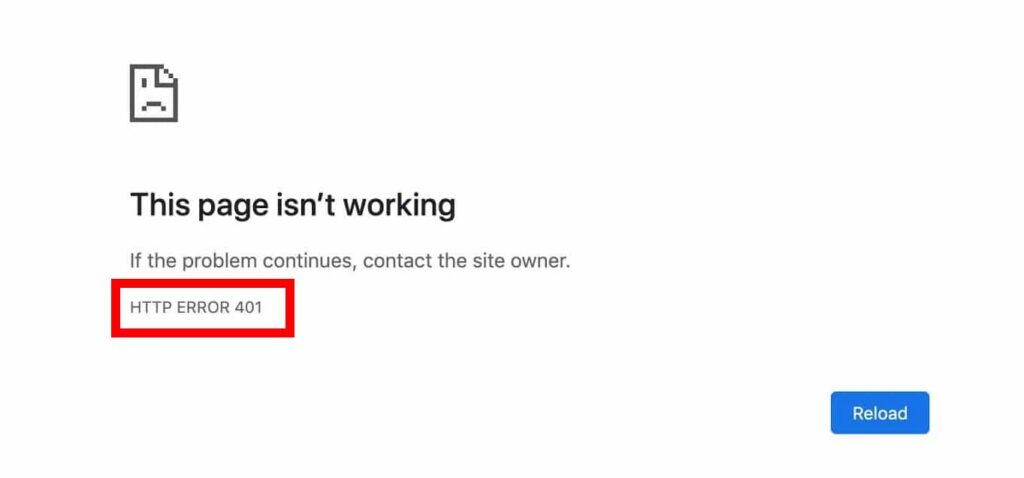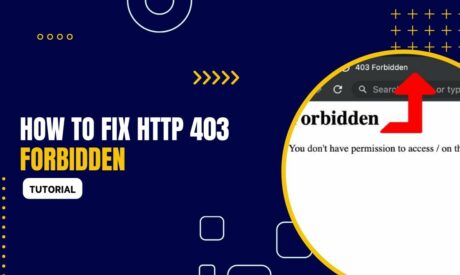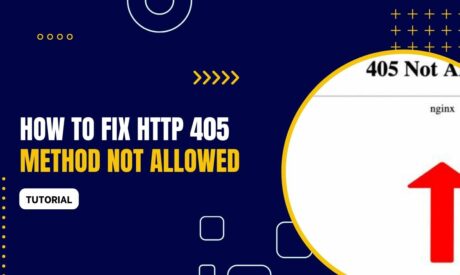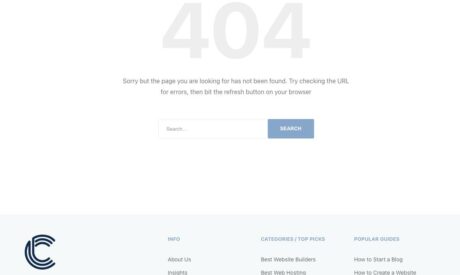What is HTTP 401?
HTTP 401, often referred to as “Unauthorized Error”, is an HTTP status code indicating that the client's request lacks valid authentication credentials. In simpler terms, it means the server understands your request, but you are not allowed to access the resource without proper authentication. It's akin to trying to enter a private party without an invitation.

Common Causes
The HTTP 401 error can be triggered for several reasons:
- Missing or Invalid Credentials: The most straightforward reason is that the user hasn't provided a username and password or has provided incorrect details.
- Expired Session Tokens: For web applications using tokens for session management, an expired token can result in a 401 error.
- Improper Configuration: If server authentication mechanisms or configurations are set up incorrectly, it can mistakenly deny access even to legitimate users.
- Third-party Integration Issues: Sometimes, the integration with third-party services can be the cause, especially if those services require separate authentication.
Diagnose
Diagnosing an HTTP 401 error involves:
- Check Credentials: Firstly, ensure the username, password, or other authentication credentials are correct.
- Session Logs: Examine server or application logs to identify if sessions are expiring sooner than expected or if there are other related anomalies.
- Server Configuration: Review server settings and configuration to ensure authentication processes are set up correctly.
- Test with Multiple Accounts: Sometimes, the issue can be account-specific. Testing with different user accounts can help narrow down the problem.
How to Prevent
To prevent HTTP 401 errors:
- Clear Authentication Protocols: Ensure that the authentication protocols are clear and users are aware of how and when to provide credentials.
- Regularly Update and Test Configuration: Periodically review and test server configurations to avoid misconfigurations.
- Session Management: Implement a robust session management system, with clear expiration times and renewal processes.
- Educate Users: Ensure that users are aware of how sessions work, when they might expire, and how to renew or re-authenticate when necessary.
How to Fix it
- Check Credentials:
- Ensure that you're using the correct credentials (username and password, API token, etc.).
- If you're accessing an API, double-check the API key or token for accuracy and validity.
- If you're logging into a website, ensure that your username and password are correct and your account has the necessary permissions.
- Authentication Headers:
- For APIs, ensure that the
Authorizationheader is correctly set in your HTTP request. - Depending on the API, this could be a Bearer token (
Authorization: Bearer YOUR_TOKEN), Basic Auth (Authorization: Basic BASE64_ENCODED_CREDENTIALS), or another method.
- For APIs, ensure that the
- Secure Connection:
- Some endpoints require an HTTPS connection for security reasons. Make sure you're using
https://in the URL and nothttp://.
- Some endpoints require an HTTPS connection for security reasons. Make sure you're using
- Session Expiry:
- If you're authenticated via a session (like in a web app), it might have expired. Try logging out and logging back in.
- Cross-Origin Resource Sharing (CORS):
- If you're developing a web application, CORS policies might prevent requests from unauthorized domains. Ensure that the server is configured to accept requests from your domain or from the source you're making the request.
- Endpoint-specific Permissions:
- Some systems have granular permissions. Even if you're authenticated, you might not have access to a specific resource or endpoint. Check the system's permissions or roles setup.
- Check Server Configuration:
- If you have access to the server, check its configuration. Ensure that the authentication mechanism (like OAuth2, JWT, etc.) is set up correctly.
- For services like Apache or Nginx, check the
.htaccessfile or server configuration files respectively.
- Error Messages:
- Read any error messages returned with the 401 error. They might give specific instructions or reasons for the denial.
- Clear Cookies & Cache:
- Sometimes, stale or corrupt cookies can cause issues. Clear your browser's cookies and cache and try again.
- WordPress Plugins: Try to disble WordPress plugins that can cause this issue.
- Proxy & VPN:
- If you're using a proxy or VPN, it might be causing the error. Try disabling them and accessing the resource again.
Related Errors
While HTTP 401 deals with unauthorized access due to missing or invalid credentials, there are other HTTP status codes you might come across, such as:
- HTTP 403: Forbidden – The server understands the request, but it's refusing to fulfill it. Unlike 401, authenticating will make no difference.
- HTTP 404: Not Found – The requested resource could not be found on the server.
- HTTP 400: Bad Request – The server cannot or will not process the request due to a client error.
- How to fix Error Permission Denied (Publickey)
In conclusion, while HTTP 401 errors can be frustrating, understanding their root causes and applying the right fixes can lead to swift resolutions. As with many technical issues, a methodical approach to diagnosis and remedy is key.
Ludjon, who co-founded Codeless, possesses a deep passion for technology and the web. With over a decade of experience in constructing websites and developing widely-used WordPress themes, Ludjon has established himself as an accomplished expert in the field.









Comments